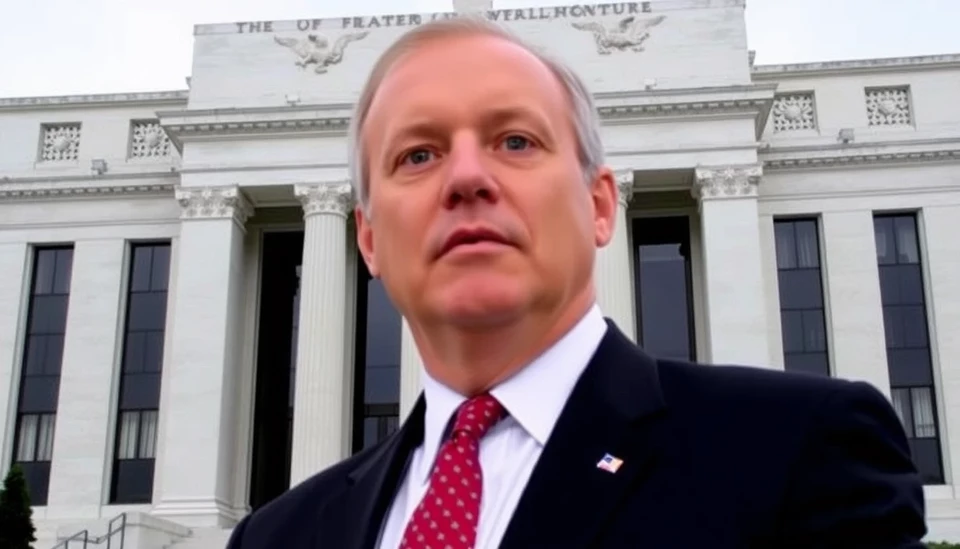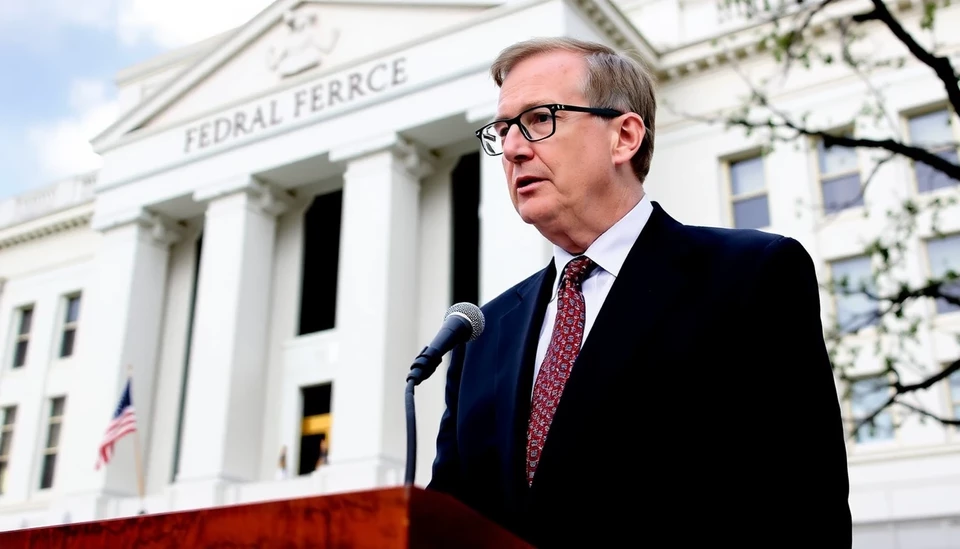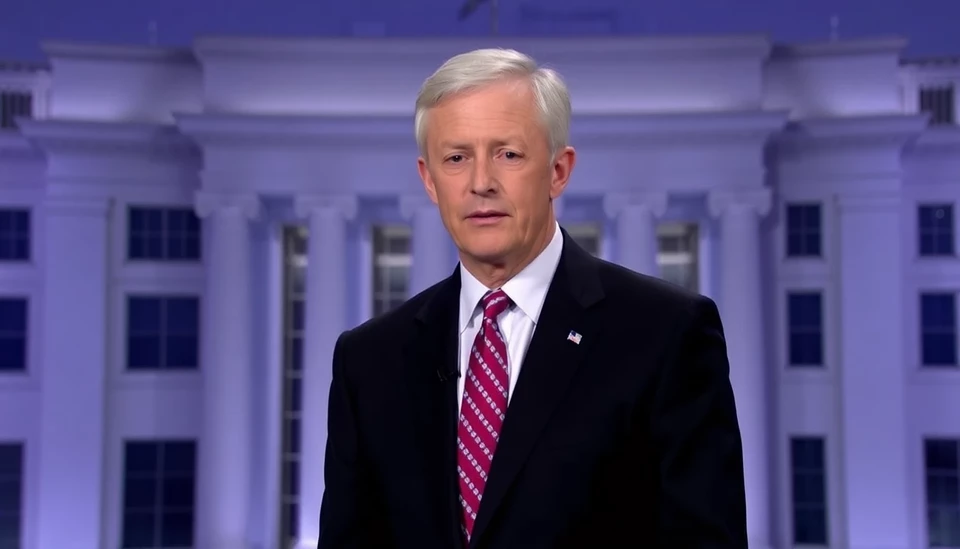
The Federal Reserve is making clear its stance regarding the current economic climate, emphasizing a strategy focused on combating inflation rather than preemptively lowering interest rates. In a bid to control the rising price levels that have been affecting the economy, the central bank is leaning towards maintaining higher rates for an extended period, marking a significant pivot in its monetary policy approach.
Recent discussions within the Fed highlight the importance of addressing inflation, which has seen persistent upward pressure. Fed officials have acknowledged that while there may be signs of economic slowdowns or shifts in growth patterns, their primary concern remains the inflationary landscape. This highlights a departure from earlier strategies that might have entertained preemptive rate cuts in anticipation of slowing economic growth.
The focus on inflation control comes after a series of data releases that have indicated stubbornly high consumer prices, raising concerns among policymakers about the potential long-term effects of unchecked inflation. As a response, the Fed is signaling that it will not rush to lower interest rates in the face of economic uncertainty. Instead, it may keep rates elevated longer in order to ensure that inflation is brought under control.
This strategic shift is reflective of the Fed's broader commitment to its inflation targets, which were reiterated in recent public statements by officials. In essence, the Fed is prepared to act decisively against inflation, suggesting that any potential dovish inclinations to lower rates in the near term are off the table as they reevaluate their outlook.
With this renewed focus, the central bank is likely to utilize tools at its disposal effectively, adjusting its monetary policy in response to changing economic indicators. Market analysts are closely monitoring these developments, particularly as they can shape consumer behaviors, business investments, and overall economic activity.
Financial markets, on the other hand, may experience volatility as investors recalibrate their expectations based on the Fed’s new messaging. The financial community is keenly aware that any shifts in policy can have far-reaching consequences, both domestically and internationally. The Fed's commitment to curbing inflation without premature rate cuts underlines the delicate balancing act it faces in fostering economic growth while ensuring price stability.
As the Fed communicates its intentions, the potential impact on various sectors, including real estate, consumer goods, and borrowing costs, is becoming a point of contention among economists and market participants alike. The implications of this pivot are likely to ripple through to everyday consumers as they adjust their financial strategies in light of ongoing discussions around interest rates and inflation controls.
In summary, the Federal Reserve is reinforcing its commitment to tackling inflation head-on, moving away from the idea of preemptive rate cuts in order to achieve long-term economic stability. As the situation continues to evolve, stakeholders across the economic spectrum will be watching closely to understand the potential implications of these policies.
#FederalReserve #InterestRates #InflationControl #EconomicPolicy #MarketImpact #FinancialNews #MonetaryPolicy
Author: Daniel Foster




